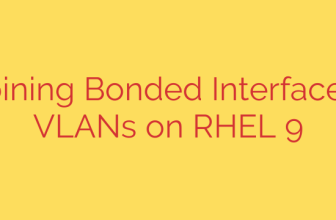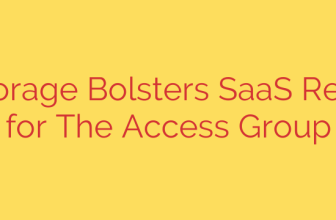
Unlocking Profitable Growth: Your Strategic Guide to Google Cloud Migration
In today’s fast-paced digital economy, the question is no longer if your business should move to the cloud, but how to do it efficiently and effectively. Migrating your infrastructure and applications is a foundational step toward achieving greater agility, scalability, and innovation. However, a poorly planned migration can lead to budget overruns, security risks, and disruptive downtime.
A strategic approach to Google Cloud migration is the key to transforming this complex technical challenge into a powerful business advantage. By leveraging the right expertise and a proven methodology, you can accelerate your journey to the cloud and unlock new avenues for profitable growth.
The Modern Business Imperative: Why Move to the Cloud?
Companies are transitioning to the cloud to gain a significant competitive edge. The core benefits are compelling and directly impact your bottom line:
- Enhanced Agility and Scalability: The cloud allows your business to respond instantly to market changes. You can scale resources up or down on demand, paying only for what you use and avoiding the heavy costs of over-provisioning physical hardware.
- Cost Optimization: Migrating to the cloud can dramatically reduce your Total Cost of Ownership (TCO). This is achieved by shifting from capital expenditures (CapEx) on hardware to predictable operational expenditures (OpEx) and leveraging powerful cost-management tools.
- Accelerated Innovation: By offloading infrastructure management, your teams can focus on what they do best: building exceptional products and services. Google Cloud, in particular, offers a rich ecosystem of tools for data analytics, AI, and machine learning that can fuel next-generation innovation.
Navigating the Hurdles of Cloud Migration
While the benefits are clear, the path to the cloud is often filled with obstacles. Without a clear strategy, businesses frequently encounter common challenges:
- Unexpected Costs: Misconfigured services or a lack of optimization can lead to surprise billing and budget overruns.
- Security Vulnerabilities: Moving sensitive data and applications requires a robust security framework. A migration must prioritize security at every stage to prevent data breaches and ensure compliance.
- Operational Downtime: A poorly executed migration can disrupt critical business operations, leading to lost revenue and damaged customer trust.
- Complexity and Skill Gaps: Managing a complex migration requires specialized skills that many in-house IT teams may not possess, leading to delays and implementation errors.
Overcoming these challenges requires a methodical approach that addresses assessment, planning, execution, and optimization.
The Google Cloud Advantage: A Platform for Transformation
Google Cloud Platform (GCP) has emerged as a leader for businesses focused on data-driven growth and cutting-edge technology. Its key differentiators make it an ideal destination for your digital assets.
The platform excels by providing advanced capabilities in data analytics and machine learning, empowering organizations to turn raw data into actionable insights. Services like BigQuery and Vertex AI offer unparalleled power for processing vast datasets and building sophisticated AI models.
Furthermore, Google Cloud is built on the same global, high-performance network that powers Google’s own services, ensuring world-class reliability, low latency, and robust security. This secure-by-design infrastructure helps protect your most critical workloads from modern threats.
Crafting a Winning Cloud Migration Strategy: A Step-by-Step Approach
A successful migration doesn’t happen by accident. It is the result of a carefully orchestrated plan designed to minimize risk and maximize value.
- Comprehensive Assessment and Discovery: The first step is to gain a deep understanding of your current IT environment. This involves mapping applications, identifying dependencies, and analyzing performance baselines. This “discovery” phase is critical for building a realistic and effective migration roadmap.
- Strategic Planning and Roadmap Design: With a clear picture of your current state, you can define your future state goals. This includes choosing the right migration strategy for each workload (rehost, replatform, refactor, or rebuild), establishing clear timelines, and setting key performance indicators (KPIs) to measure success.
- Seamless and Secure Execution: During the migration itself, the focus must be on minimizing disruption. Leveraging automation tools and proven methodologies ensures a smooth transition with near-zero downtime. Security must be integrated from day one, not treated as an afterthought. This includes setting up proper identity and access management (IAM), network security controls, and data encryption policies.
- Post-Migration Optimization and Management: The journey doesn’t end once you’re on the cloud. The final, ongoing phase involves continuous cost optimization, performance monitoring, and governance. By regularly reviewing your cloud usage and leveraging cloud-native tools, you can ensure you are getting the maximum return on your investment and are positioned for long-term success.
By following this structured framework, your migration to Google Cloud ceases to be a mere IT project. It becomes a strategic business initiative that serves as a catalyst for innovation, efficiency, and sustainable growth.
Source: https://cloud.google.com/blog/products/containers-kubernetes/recent-migrations-to-google-cloud-by-searce/








